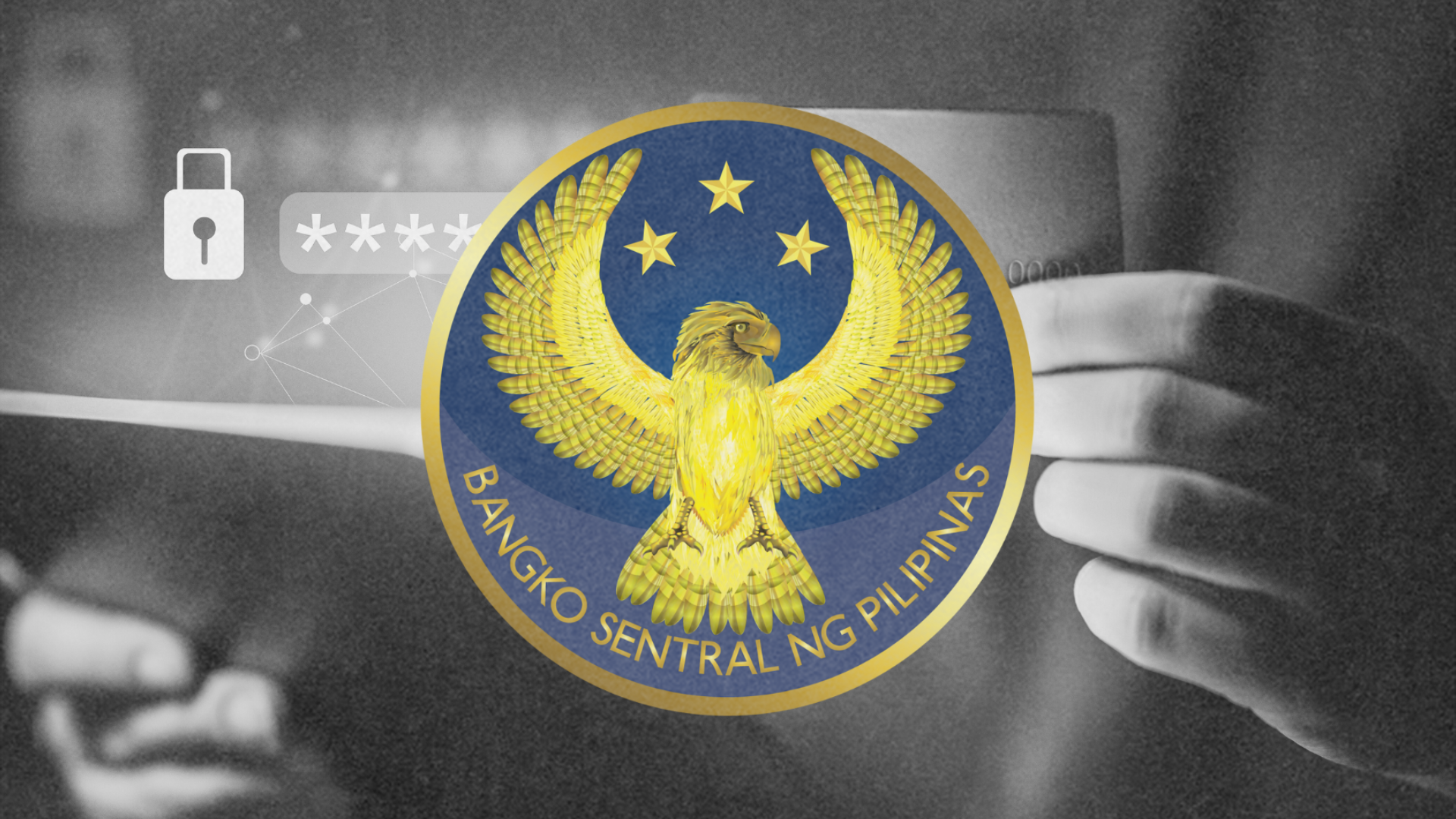US Military Unmanned Aerial Vehicles (UAVs) or Aerial Drones are claimed to have been used in combat operations against terrorists in the Philippines, according to the New York Times article “The Drone Zone” by Mark Mazzetti. This might be the first report made public claiming that a US drone was used in hunting down terrorists in Philippine soil.
According to Mazetti’s report, a Predator drone was sent to “a suspected militant camp in the jungles of the Philippines in an attempt to kill Indonesian terrorist Umar Patek” in 2006. Said terrorist operated in Mindanao, Indonesia, and Pakistan as part of Al-Qaeda-linked Jemaah Islamiyah and was known for his involvement in the bombing in Bali, Indonesia on October 12, 2002, which killed 202 people and injured 240 others.
Mazetti further said in his report that the drone attack, which was only reported then as a “Philippine military operation,” missed to kill Patek. He was only captured on January 25, 2011 in Abbottabad, Pakistan, where Osama bin Laden was also killed by U.S. commandos. Last June 20, 2012, he was sentenced to 20 years in prison for his role in the Bali bombing.
Armed Forces of the Philippines (AFP) spokesman Col. Arnulfo Burgos Jr., however, denied Mazetti’s report of the drone strike, stressing that the role of US soldiers are limited to information sharing and training.
Even former AFP chief Hermogenes Esperon Jr. dismissed Mazetti’s report saying, “The American forces that belong to the Joint Special Operations Task Force merely provided technical assistance. They were not active in combat.”
US troops are temporarily deployed mainly in the Southern Philippines on a rotational basis. They form the Joint Special Operations Task Force ‐Philippines (JSOTF-P), which was created in 2002 as part of Operation Enduring Freedom after the 9-11 attacks.
As requested by the Philippine government, JSOTF-P is assisting the AFP in its combat against transnational terrorism in the Southern Philippines by non-combat roles. Such roles are information sharing, humanitarian assistance, and training Filipino soldiers.
Said alliance between the two countries also includes technology transfer, as reported previously by veteran journalist Maria Ressa on Rappler.com. Her report said that the US Forces assisted the AFP by providing “smart bombs” in an attempt to kill 2 senior Abu Sayyaf leaders– Malaysian Zulkifli bin Hir, known as Marwan, and Singaporean Mohammed Abdullah Ali, known as Muawiyah. While AFP maintains its claim that the two leaders were already killed, other civilian and military intelligence reports claim otherwise.
Ressa also reported that “Scan eagles, also known as drones, have been operating in the Philippines for many years now.” But these drones are only used for surveillance or reconnaissance, she said.
President Benigno Aquino III also stressed in an interview last March that US drones are not allowed for airstrikes in the country.
Past news reports have brought forward crashed UAVs. The crashes happened in 2002 in the sea off Zamboanga city, 2006 and 2007 in Sulu, and 2008 in Maguindanao.
Mazzetti also revealed in his report that there are three different drone programs, “The first is the publicly acknowledged program run by the Pentagon that has been operating in Iraq and Afghanistan. The other two are classified programs run separately by the C.I.A. and the military’s Joint Special Operations Command, which maintain separate lists of people targeted for killing.” He further said that “much about how and where the U.S. government operates drones remains a secret.”





